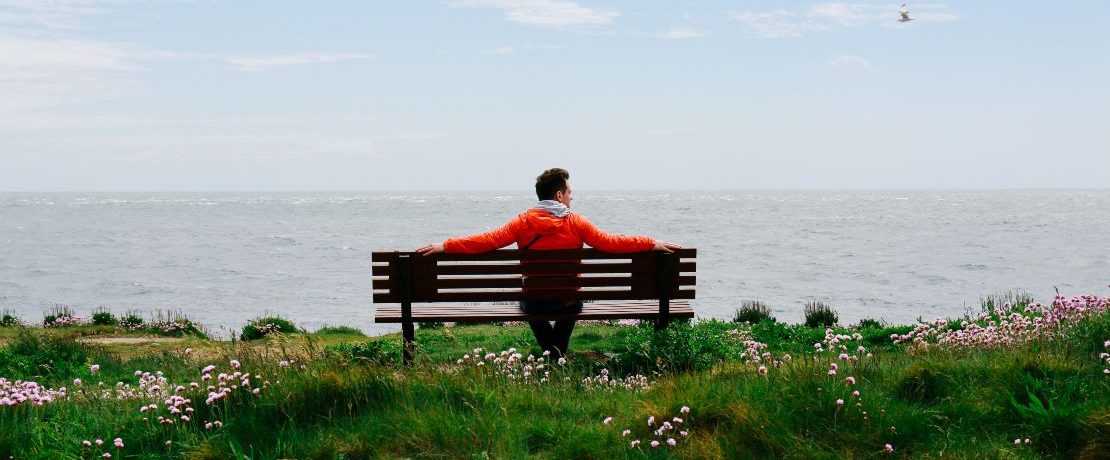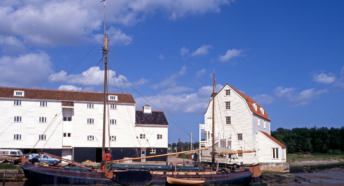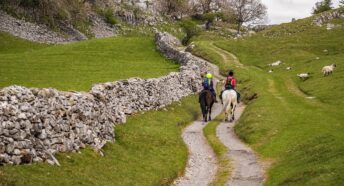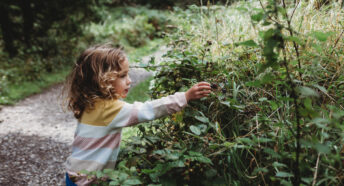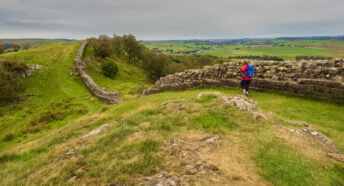Coast path creatures: a spotter’s guide
Our coastlines have a whole world of flora, fauna and beasties just waiting to be discovered. Our spotter’s guide will help you tell your samphire from your stonechat…
As winter moves into spring, many of us will be looking ahead to getting outside more and, if we have easy access to the sea, might be taking some coastal walks.
From quiet estuaries and towering cliffs, shingle ridges and busy seaside promenades, England’s 7,723 miles of coastline is varied and spectacular. And the wildlife is as diverse as the scenery.
Plants amongst the sea spray
Even without being flooded by daily tides, living just beyond the reach of the waves can still be a harsh place to survive. Plants growing in habitats fringing the coast have to be well-adapted to salt-laden air and spray-drenched soils.
Marram grass, which grows on the front of sand dunes, is one such plant. Its waxy, flexible leaf blades can bend in the salty wind and are rolled up so that valuable moisture is trapped. Marram also has a really extensive root system, so that it can hoover up scarce but precious nutrients and water. The dense mats of roots help the grass anchor in the mobile sand, in turn holding the sand dunes together.
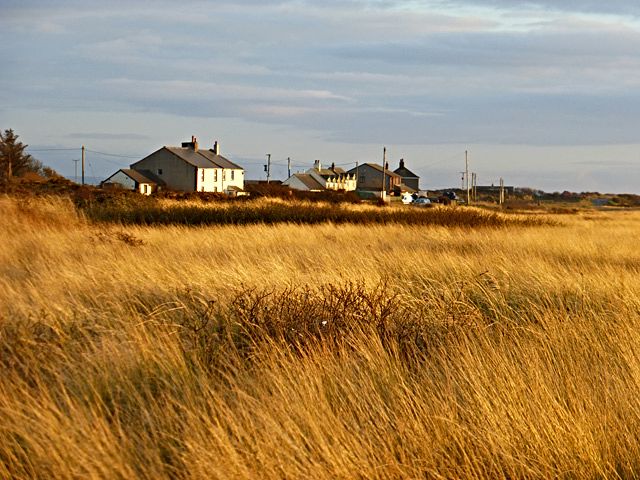
Once you’ve got your eye in by spotting the marram grass, keep your eyes peeled for other common coastal plants. You might spot some of these growing in small pockets of soil between rocky outcrops, in stone walls or between piles of cobbles.
One such plant is Sea beet, a member of the spinach family with large thick, waxy leaves. It is edible and can be cooked like other greens or stir-fried – but it needs to be washed well first as it can be quite salty.
Look out too for Rock samphire, which is also edible and can be found growing out of cracks in rocks or cliff faces. It has succulent cactus-like leaves with a strong citrus taste.
And another plant particularly common on cliff tops is Sea thrift (or Sea pink), with its beautiful heads of pink flowers sprouting out a cushion-like mound of leaves, that quiver in the sea breezes.
Oh – and if you fancy taking any of the edibles and cooking up a coastal storm, then be sure to follow foraging guidelines.
Lovely lichens
Another incredible organism found on spray-drenched cliffs is the lichen. This is in fact two species living together – a fungus (which forms the visible main structure) and an alga (a sort of simple plant) that lives embedded in the fungal tissue.
You’ll probably have spotted inland lichens on tree trunks, walls and gravestones, but on the coast, they love to grow on cliffs and seashore boulders. Some species can live below the high tide mark but most cling on just above the waves in the ‘splash zone’.
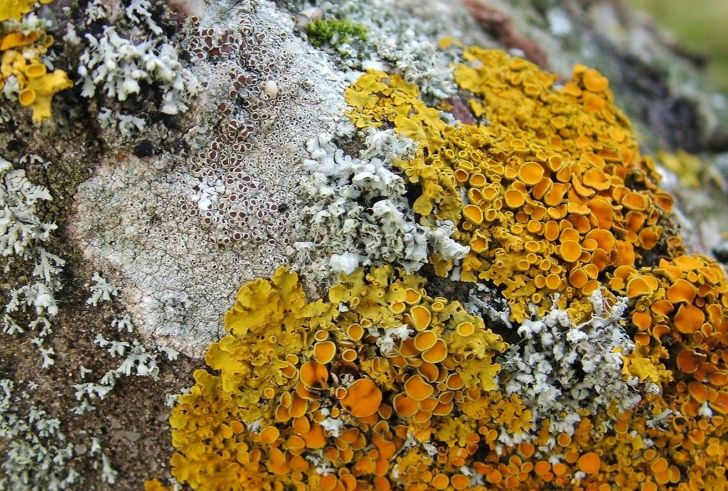
You’ll see them in many colours, from black and grey through to green, yellow and orange. Some, like the ‘Sunburst’ Lichen, are particularly common on the tops of rocky ridges, so keep your eyes peeled on that clifftop stroll. We think this is because they flourish on nutrients from the droppings deposited there by perching gulls.
Oceanside insects
Although very few insects actually live in the sea, there are plenty that will take advantage of maritime habitats.
Did you know that bees get busy digging? The coast can be a good place to spot these – burrowing bees and wasps such as the Field digger wasp or species of Carder bee can be found digging into sandy paths and banks.
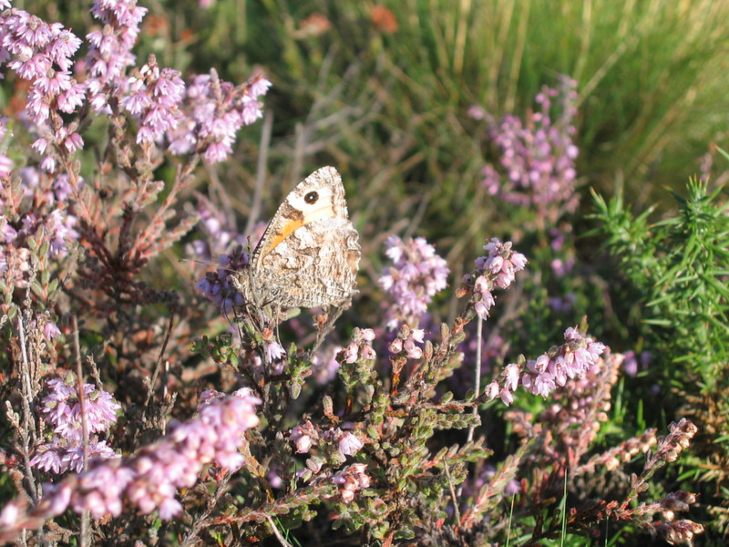
Some butterflies such as the Grayling are also particularly common – look out for them basking on sandy or stony coast paths. And ants will often create anthills on clifftop turf that’s been finely grazed by rabbits or sheep.
Other coastal minibeasts include Sea slaters, the rather menacing-looking, crabby cousins of woodlice, and spiders, such as the striped Common zebra spider, which scurries over shingle banks. Voracious predators such as the fearsome-looking Wolf spider also lurk on the edge of salt marshes and shingle ridges – jumping on and devouring anything they can catch. But don’t worry: humans aren’t on their menu!
Beach-loving birds
These rich insect communities in turn provide food for birds. The small thrush-like Rock pipit and two members of the flycatcher family: the Stonechat, and in summer, the Wheatear, are all regularly sighted perching on rocky outcrops, on hardy gorse bushes or on lonely, stunted trees.
To spot these, look down (the Wheatear mostly hops or runs along the ground) or sit and listen – the Stonechat makes a repeated sound which, as its name suggests, sounds like two stones being tapped together.
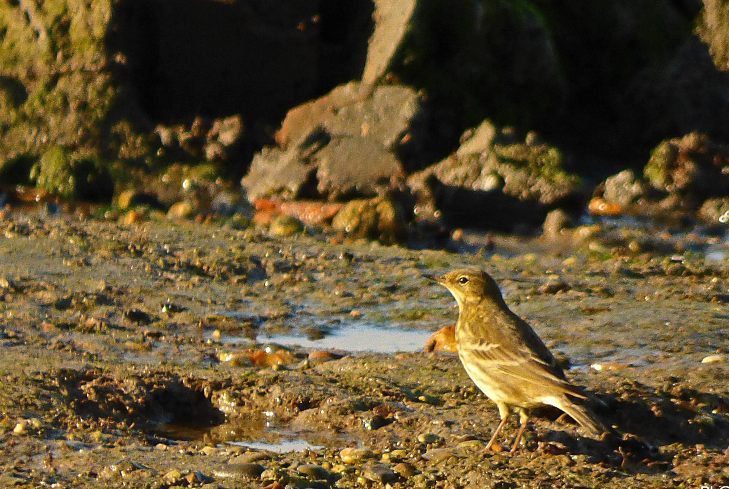
Some birds more often associated with mountainous or rocky terrains inland are equally at home along sea cliffs. Especially on western coasts, ravens can be seen tumbling along in the thermals making their distinctive ‘cronking’ calls. If you’re really lucky, you may even glimpse speedy predators like the peregrine falcons that nest on high cliff ledges.
And a coast path or clifftop is also a great vantage point to watch out for the waders, gulls and wildfowl that are often forced further up the beach foraging amongst the seaweed or in the mud as the tide rises. Eyes peeled, or binoculars at the ready!
One of the most easily spotted is the Oystercatcher, a large black and white wader with red legs and a powerful orange bill that it uses to feed on marine snails like limpets.
A recent arrival from the continent is the Little egret, a small white heron with long black legs and brilliant yellow feet. It catches small fish in rockpools and inlets on salt marshes or estuaries. It may be increasingly common due to the warming temperatures caused by climate change.
Maritime mammals
These can be a real coastal treat, although you might need to be observant. But with some luck and in the right parts of the country, you might spot some top predators swimming by.
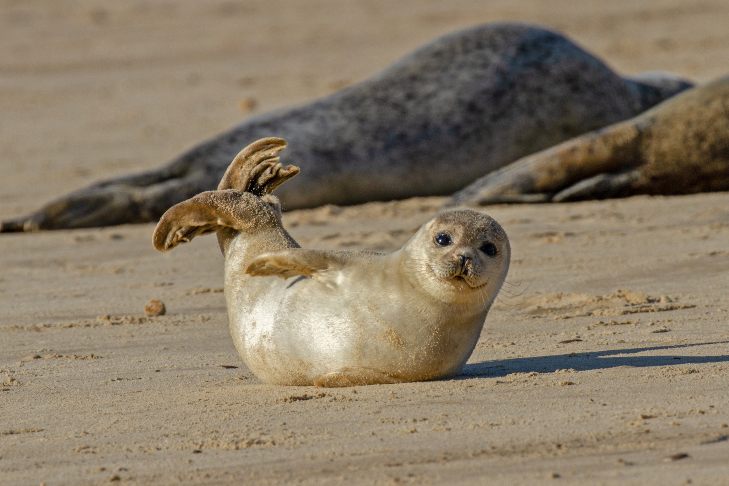
These could be marine mammals such as seals, porpoises or dolphins. If you’re really lucky, you may see otters – these are just as happy foraging in quiet tidal backwaters as along inland rivers.
So, if you take the time to pause and look, a walk by the sea can often be a real wildlife treat.
The England Coast Path with 2,795 miles of new coastal rights of way is now open all around the country, so what better time to head out and see for yourself what coastal critters you can spot?
Dr Mark Ward is Somerset Wildlife Trust’s Brilliant Coast Project Manager. You can learn more about the great stuff being done by the Wildlife Trust and their Brilliant Coast project on their website. We love their work!
